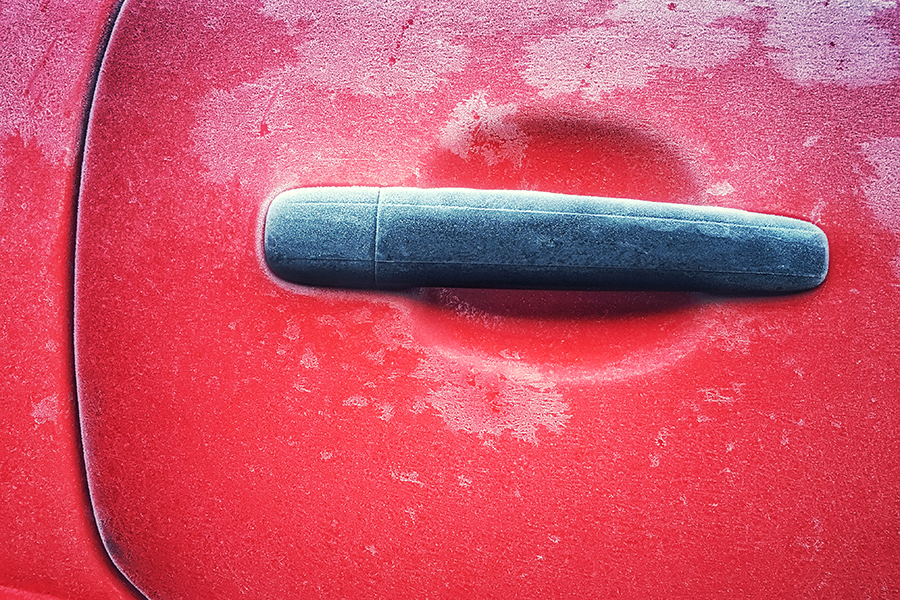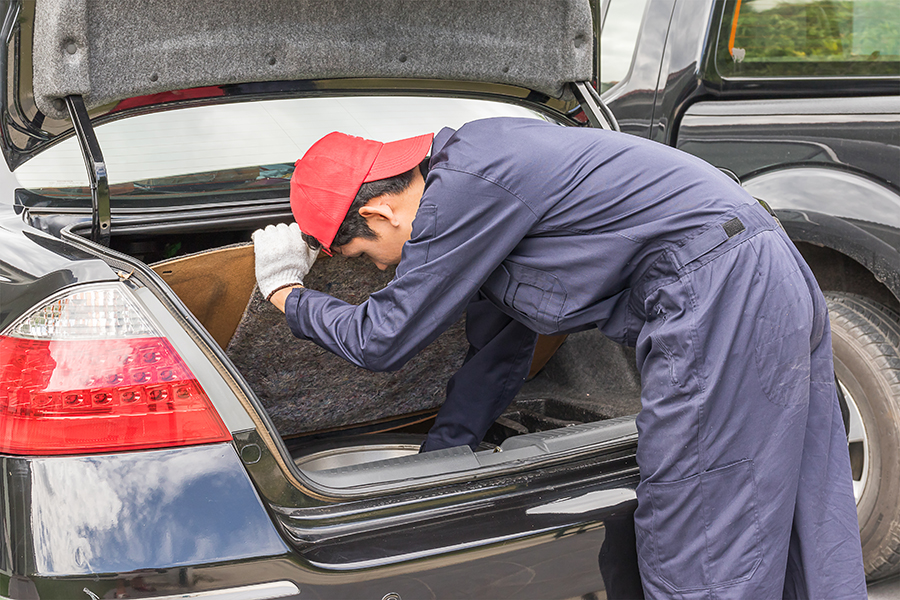Uncovering hidden structural damage early can save homeowners a fortune, yet many overlook this crucial aspect until it's too late. Unlike obvious issues that demand immediate attention, hidden structural damage silently compromises the integrity of your home, posing risks to safety and significantly impacting resale value. This guide shines a light on the silent threats lurking within walls and foundations, offering practical advice for identification and remediation. By staying informed, homeowners can take proactive steps to protect their investment and ensure their home remains a safe haven for years to come.
Key Takeaways
- Always check your home or vehicle for hidden structural damage after an accident to ensure safety.
- Look out for signs of hidden damage, such as cracks, misalignments, or unusual noises, which might not be visible immediately.
- Consider specialized inspections to identify and assess any concealed harm thoroughly. These can reveal issues not apparent to the untrained eye.
- Hiring a professional inspector is crucial for a comprehensive evaluation of the structure's integrity and safety.
- Following professional advice on repairs or reinforcements is essential to prevent future risks and maintain the structure's longevity.
- Understanding the importance of addressing hidden structural damage can save you time and money in the long run and ensure the safety of everyone involved.
Assessing Safety After an Accident
Safety System Checks
After an accident, it's critical to ensure airbags and seatbelt tensioners work correctly. They protect us during crashes. Professionals should check these first. They also inspect safety sensors and accident avoidance systems. These technologies help prevent future accidents. However, hidden damage might compromise their effectiveness. It's why thorough inspections are necessary.
Safety features rely on precise technology. Any damage can reduce their protective capabilities. Always get a professional check-up after accidents.
Driveability Tests
Test drives reveal a lot about a car's health. Experts look for issues with alignment, transmission, or engine performance during these tests. Signs of hidden damage, like vibrations or steering difficulties, often show up here.
Professionals can spot problems we might miss. They understand how a car should handle under various conditions. That's why expert driving assessments are crucial for spotting underlying issues.
Frame and Alignment Review
The vehicle's frame is its backbone. Checking for integrity and proper alignment is essential after an accident. Frame damage can seriously affect safety and performance.
Experts use special tools and techniques to assess frame damage accurately. Misalignment can lead to uneven tire wear and poor handling. Ensuring the frame is in good condition is vital for safe driving.
Identifying Hidden Damage
Under the Hood
Inspecting engine components and mounting points is crucial for spotting hidden damage. Look closely at these areas for any signs of distress or misalignment. They can tell if the vehicle has undergone severe stress.
Examine hoses, belts, and fluid levels carefully. Impact-related issues often leave traces here. Leaks or unusual wear can signal deeper problems.
It's important to check the radiator and cooling system as well. These parts are vital for preventing overheating. Any damage here could lead to major engine issues.
Exterior Damage Evaluation
Assessing paint, bodywork, and external fixtures is key to identifying hidden damage. Even small dents or scratches could hint at more serious problems beneath the surface.
Look for rust and corrosion too. These can weaken structural integrity over time. They make vehicles less safe.
Evaluating windows and windshields for cracks is also essential. Cracks can compromise safety by affecting visibility and structural strength.
Interior Compartment Issues
The dashboard, seats, and interior fittings need close inspection for damage or misalignment. Such issues might not be obvious but can indicate underlying problems.
Check seat mounts and interior safety features to ensure they function properly. This step is crucial for passenger safety.
Make sure airbag covers and interior panels are intact and properly fitted. Dislodged or damaged components could signify previous impacts or repairs.
Specialized Inspections for Comprehensive Safety
Transmission and Tire Inspection
Inspecting the transmission ensures it operates smoothly without damage. Smooth operation is crucial for safety and vehicle longevity. Mechanics also look for any signs of trouble that might not be obvious at first glance.
Tires undergo thorough examination for uneven wear. This condition often points to alignment problems. It's a silent indicator of potential danger.
Suspension components need checks too. Damage or wear here can compromise vehicle control. It's vital for maintaining both comfort and safety on the road.
Electrical and Lighting Checks
Headlights, taillights, and interior lights must work well. Their functionality is essential for visibility during night driving or bad weather.
Technicians inspect electrical wiring and connections closely. They look for damage or disconnection that could lead to failures.
Dashboard displays and indicators' proper functioning is non-negotiable. They inform the driver about the car's health and safety issues.
Steering and Smoothness Concerns
Steering should be responsive without making unusual noises. It's a key factor in vehicle control and safety.
Smooth acceleration and braking are signs of a healthy car. Any shuddering or hesitation indicates underlying issues.
The suspension gets checked for damage affecting ride smoothness. A smooth ride isn't just about comfort; it's also about safety.
The Role of Professional Inspections
Why Expertise Matters
Professionals bring tools and experience that spot hidden damages. They look beyond the surface. This ensures a thorough evaluation. Experts also guide on repairs and safety.
They have knowledge that others don't. This makes their advice valuable. It helps homeowners understand their options better.
Dashboard Warnings Explained
Dashboard warning lights signal potential issues. Each light means something different. Ignoring them can lead to bigger problems.
Professionals use diagnostic tools to understand these warnings. This helps them find hidden damages fast. It's important not to overlook these signs.
Fluid Leakages and Their Implications
Leaks are a bad sign. They could mean there's damage inside. Oil, coolant, and brake fluid leaks are serious.
Each type of leak points to specific problems. Addressing leaks quickly prevents more damage. It also keeps you safe on the road.
Leaks shouldn't be ignored. They often indicate deeper issues that need immediate attention.
Summary
Hidden structural damage can be a silent threat to your safety and your property's integrity. Assessing damage after an accident, identifying hidden issues, and seeking specialized inspections are crucial steps to ensure comprehensive safety. Professional inspections play a vital role in uncovering what's not immediately visible, protecting you from future risks and costly repairs. It's about keeping you safe and saving money in the long run.
Don't wait for small problems to become big headaches. Act now by scheduling a professional inspection to safeguard your property and peace of mind. Remember, seeing beyond the surface can make all the difference. Let's make sure you're covered from all angles. Your safety and financial well-being depend on it.
Frequently Asked Questions
How can I assess the safety of my property after an accident?
Immediately engage with a professional inspector who specializes in identifying hidden structural damage. Their expertise ensures a thorough assessment, prioritizing your safety.
What are the signs of hidden damage in structures?
Look for unexplained cracks, doors or windows that don't close properly, and uneven floors. These symptoms may indicate underlying issues.
Why are specialized inspections important for ensuring comprehensive safety?
Specialized inspections use advanced techniques to uncover hidden damages that standard checks might miss, offering a more complete understanding of a structure's integrity.
When should I call for a professional inspection?
If your property has been through an accident or natural disaster, or if you notice signs of structural damage, it's crucial to contact a professional immediately.
Can hidden structural damage affect my property’s value?
Yes, undetected structural damage can significantly decrease your property's value. Early detection and repair by professionals can mitigate these effects.
How long does a professional inspection take?
The duration varies based on the property size and extent of suspected damage but typically ranges from a few hours to a full day.
Is there any preparation needed before an inspection?
Ensure easy access to all areas of your property. Remove any obstructions that could hinder the inspection process for efficiency and thoroughness.
















